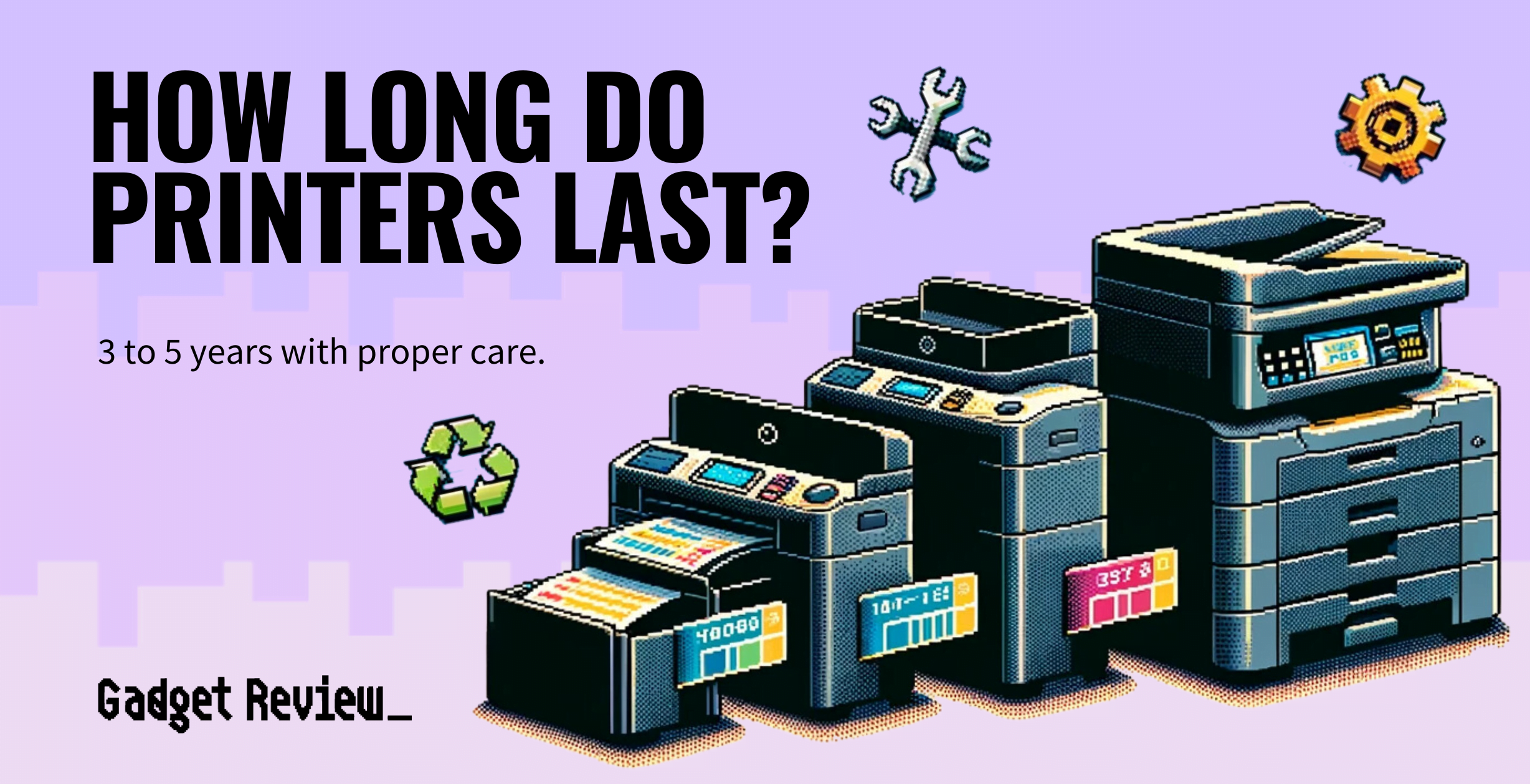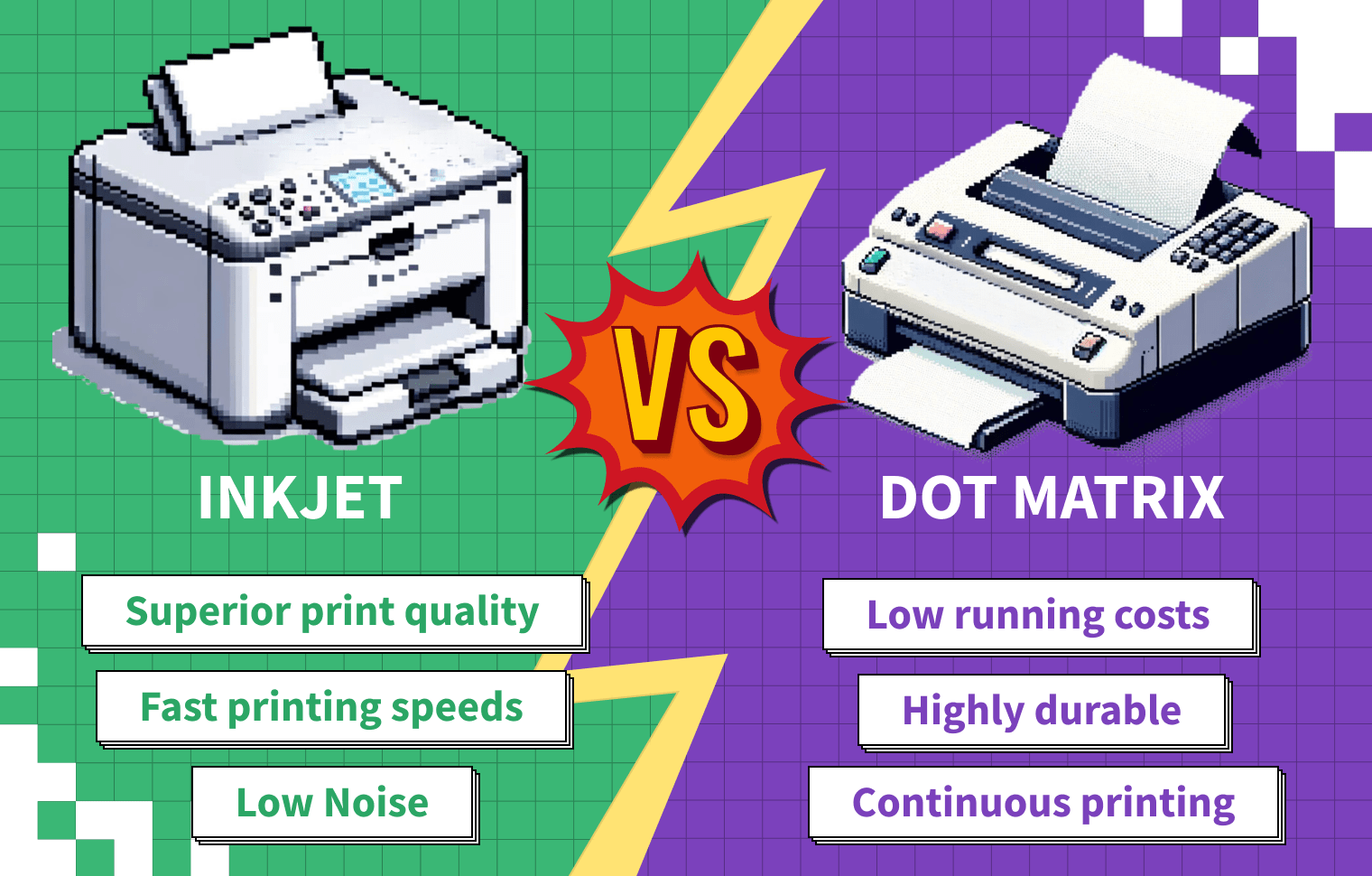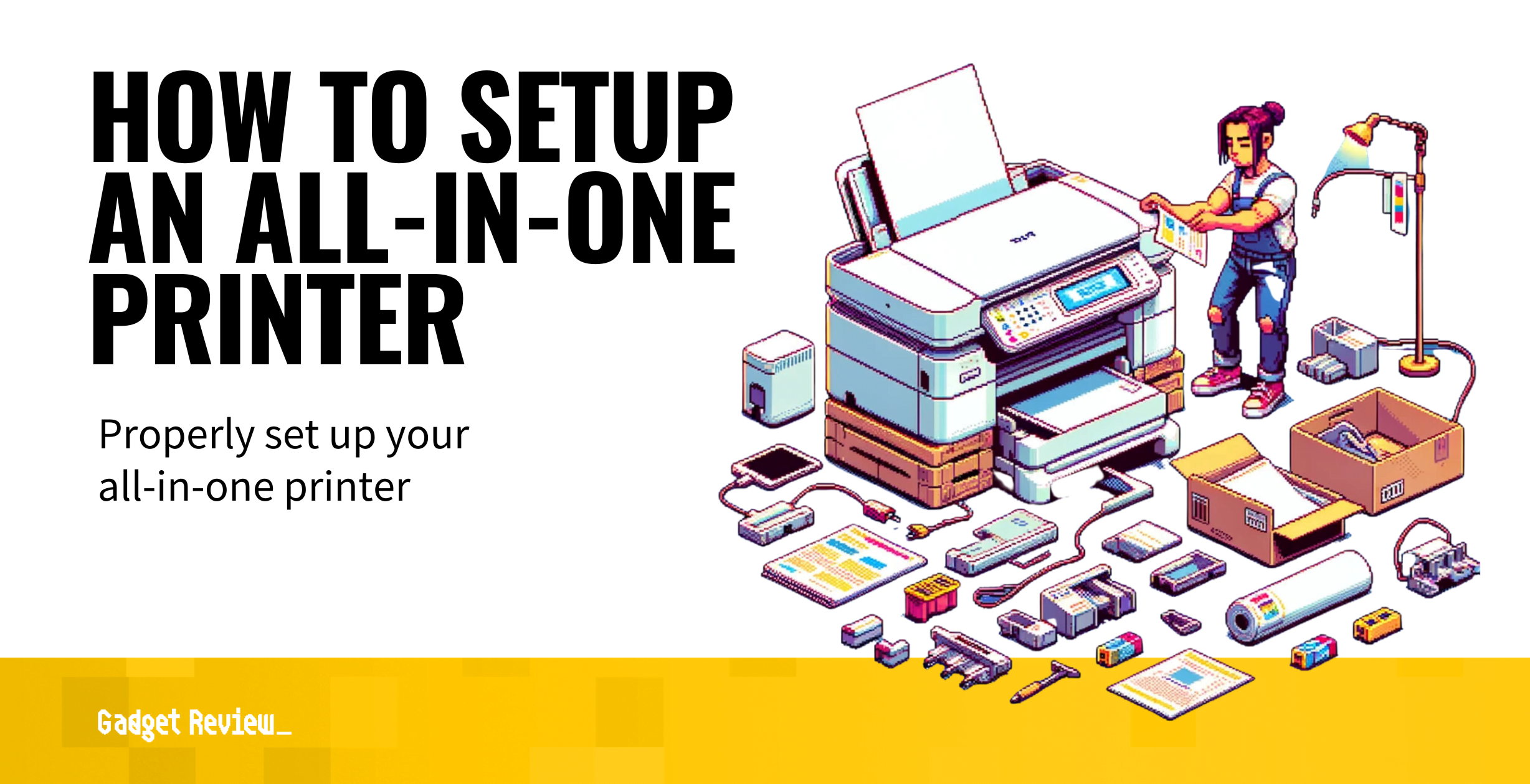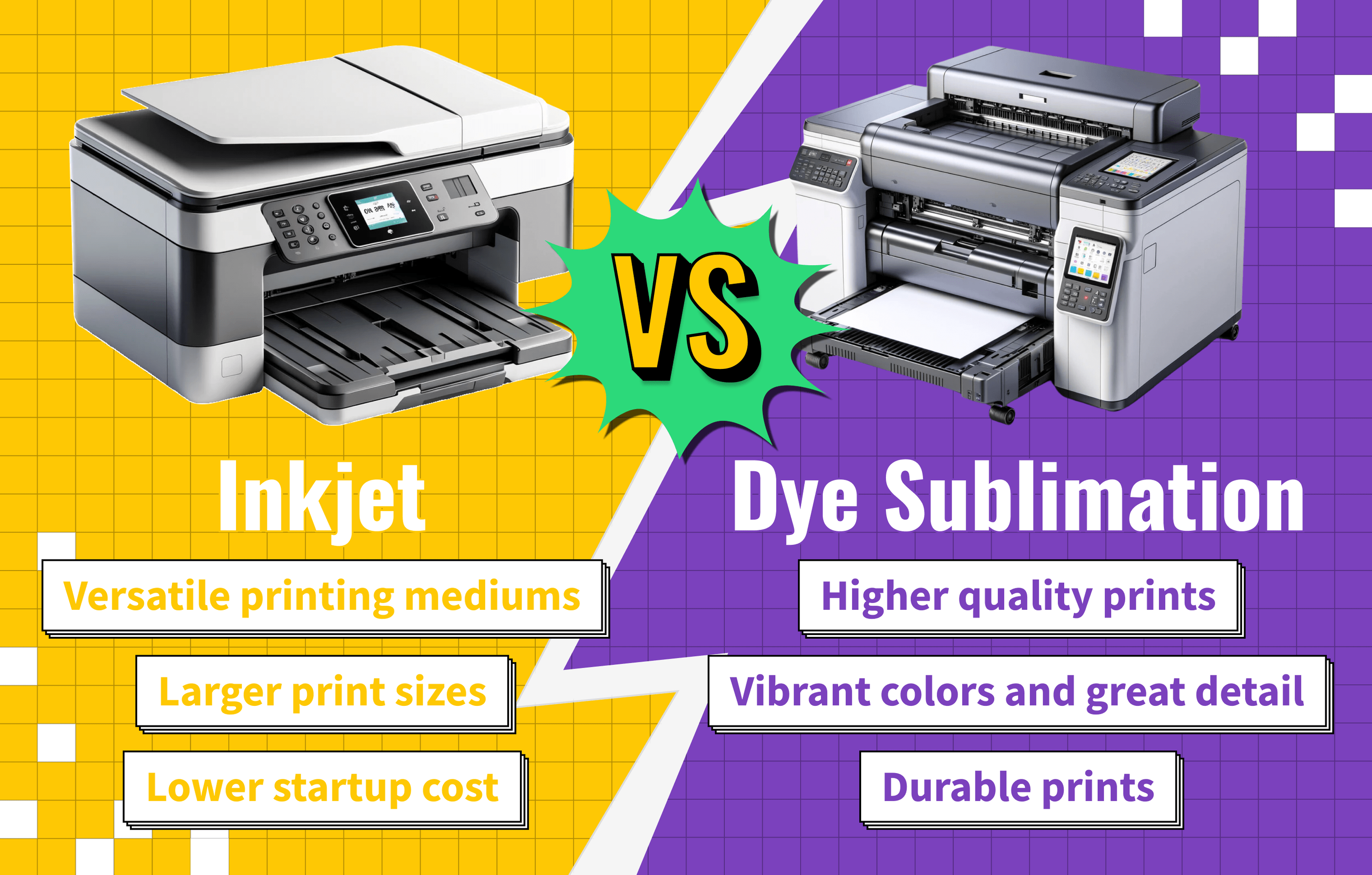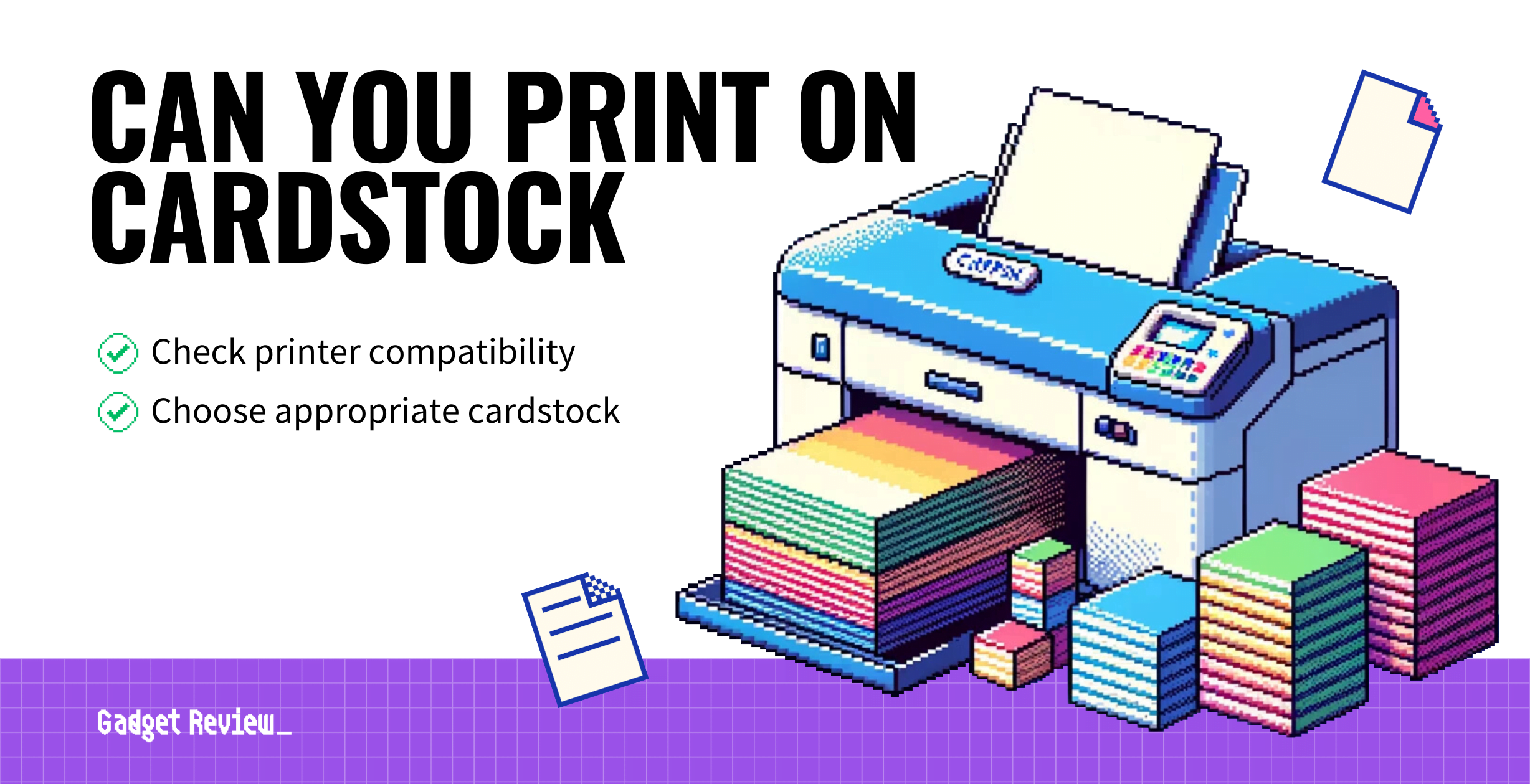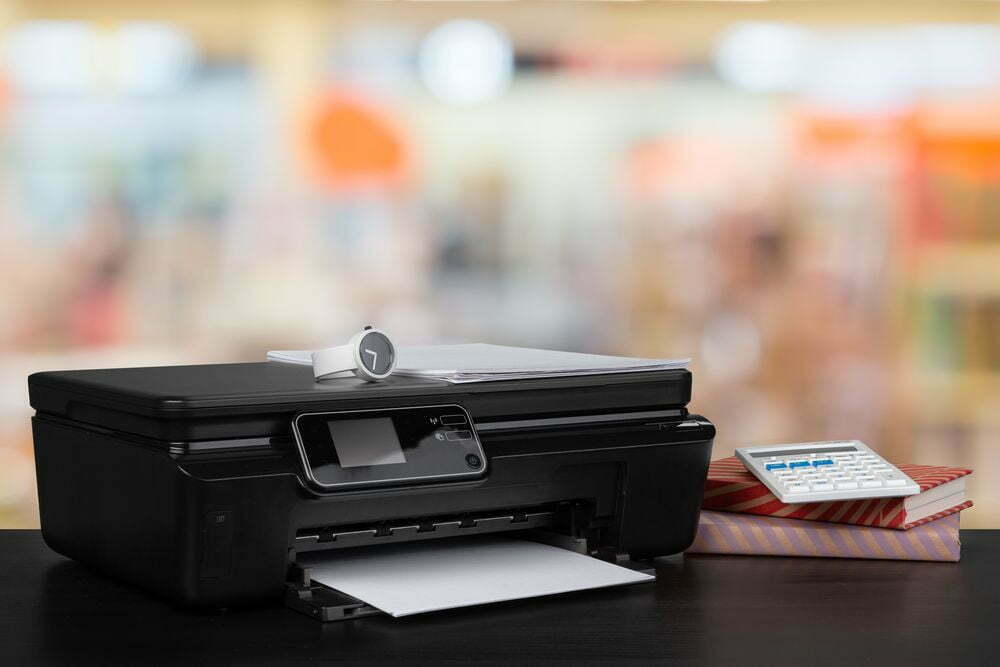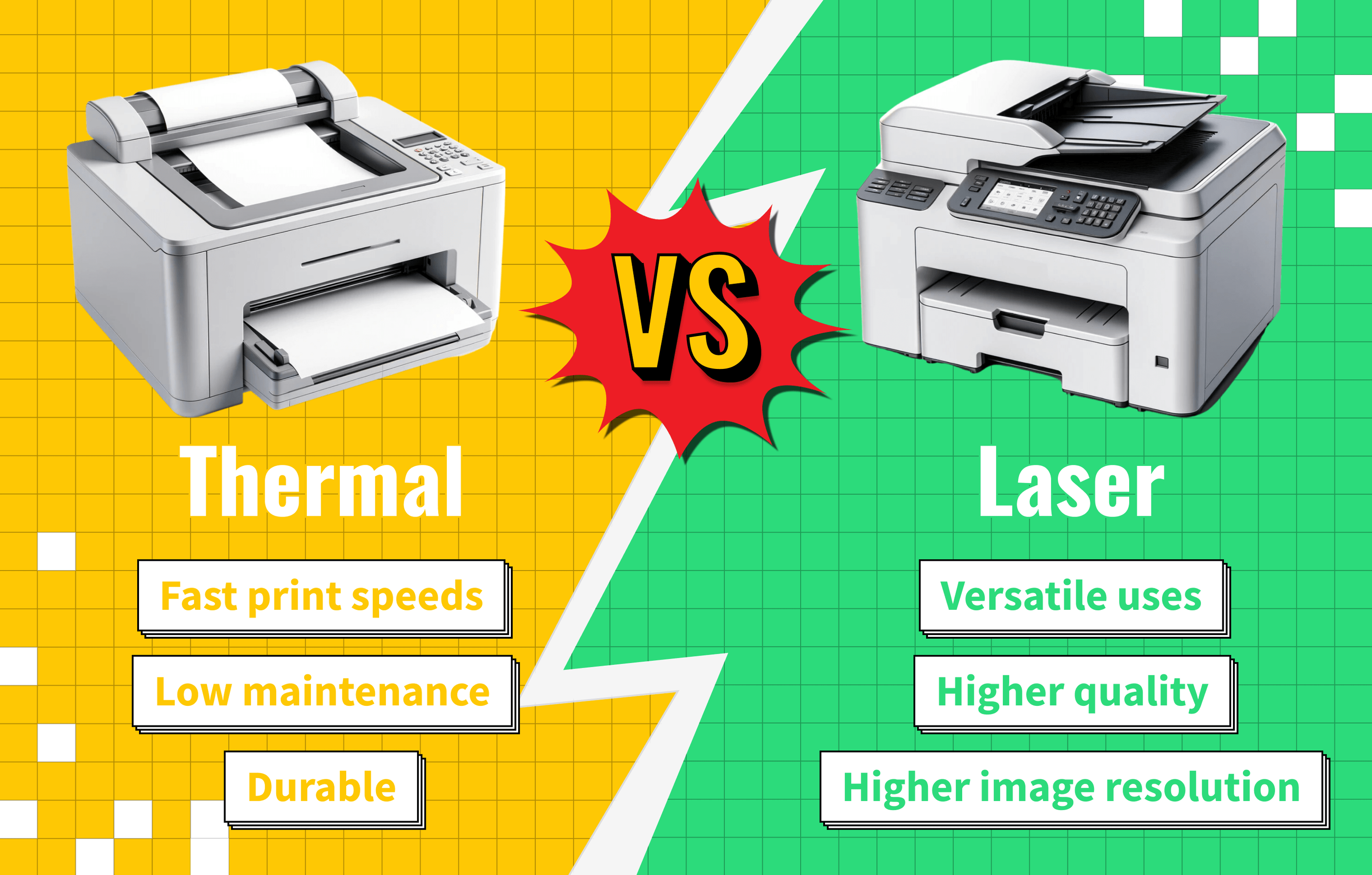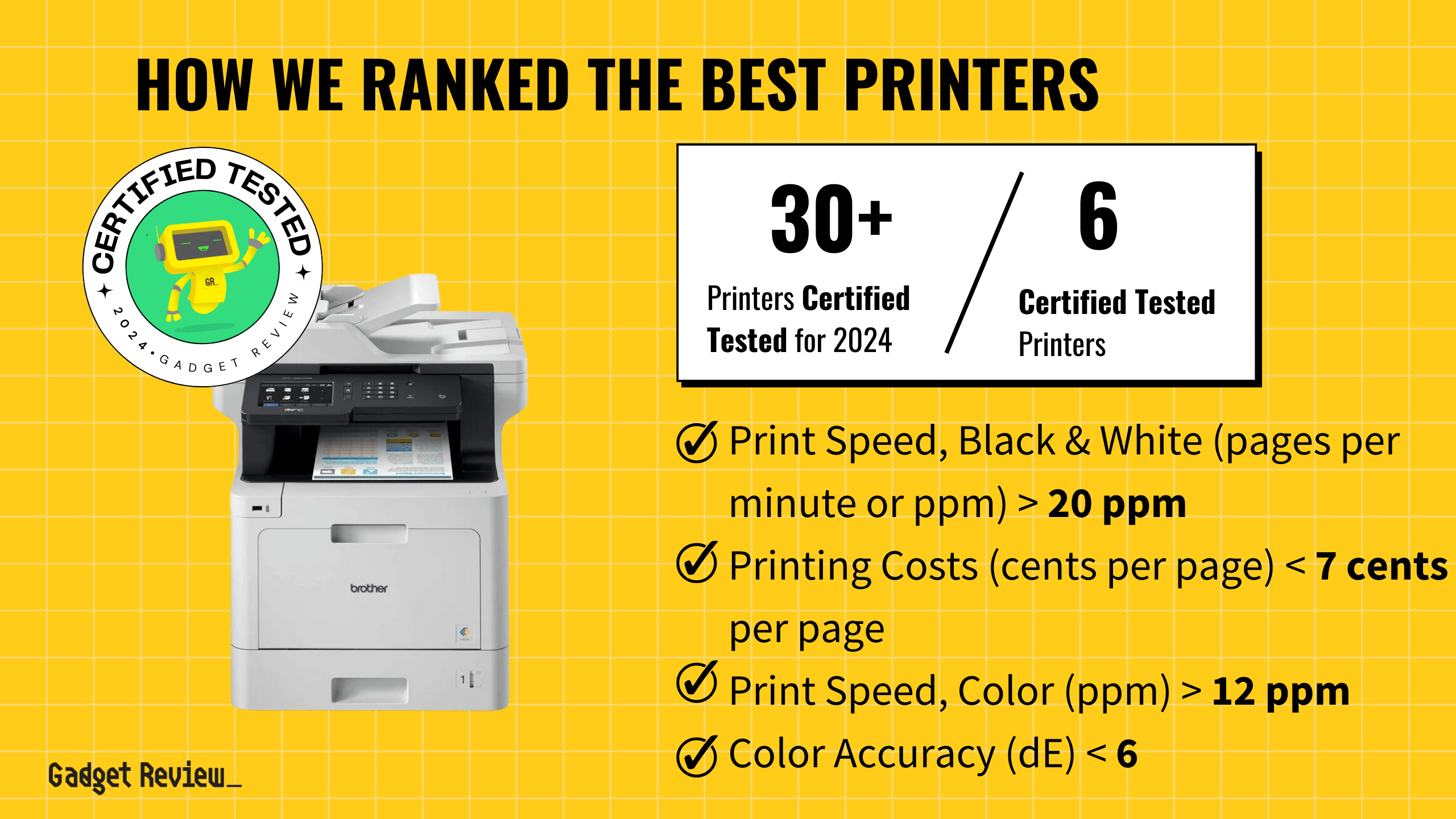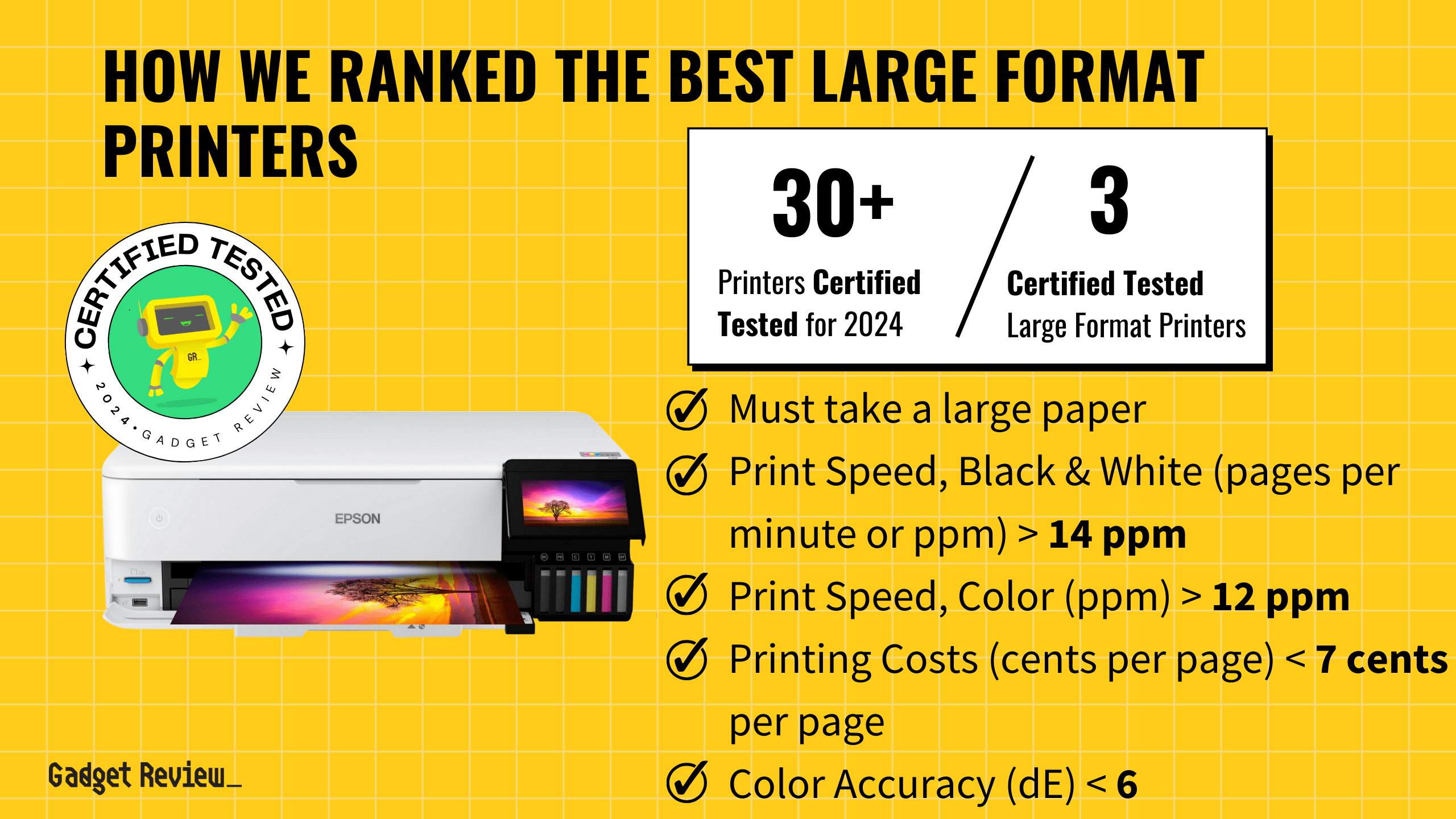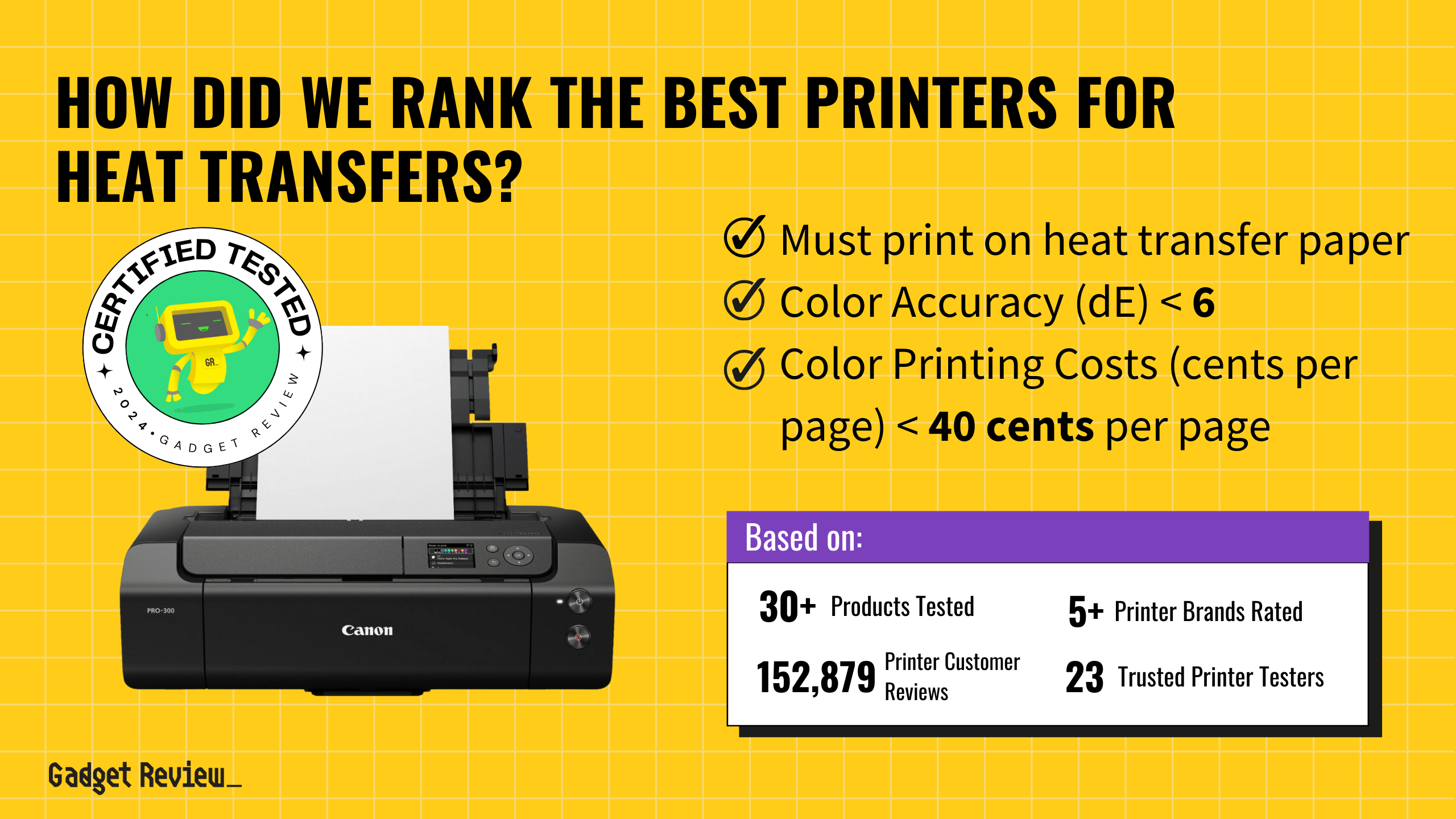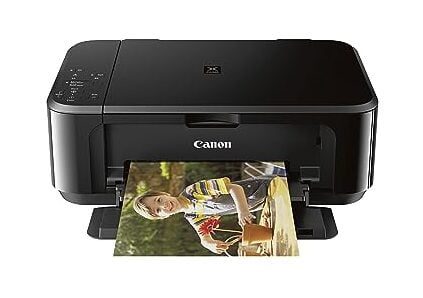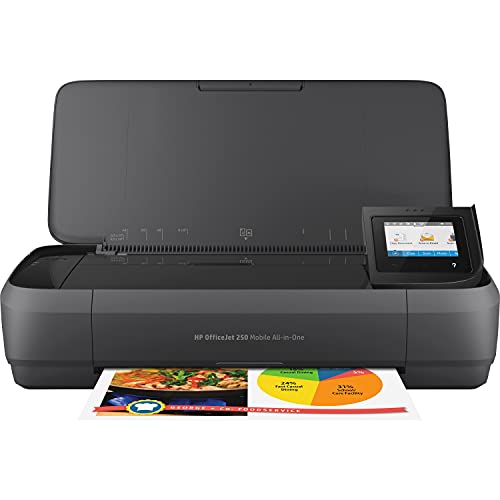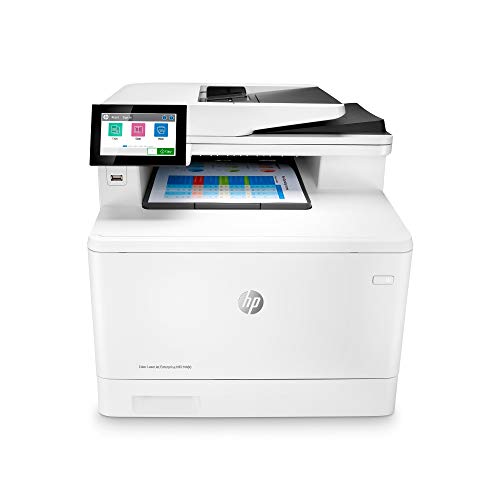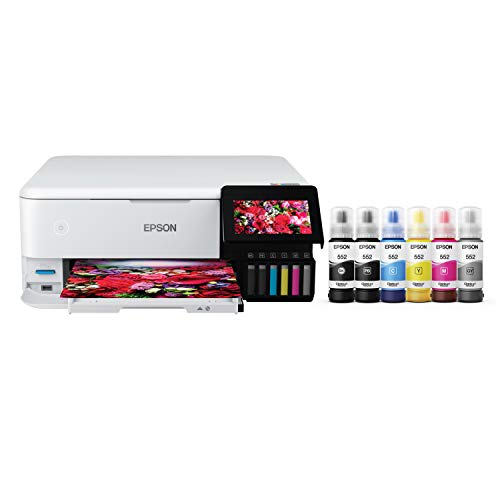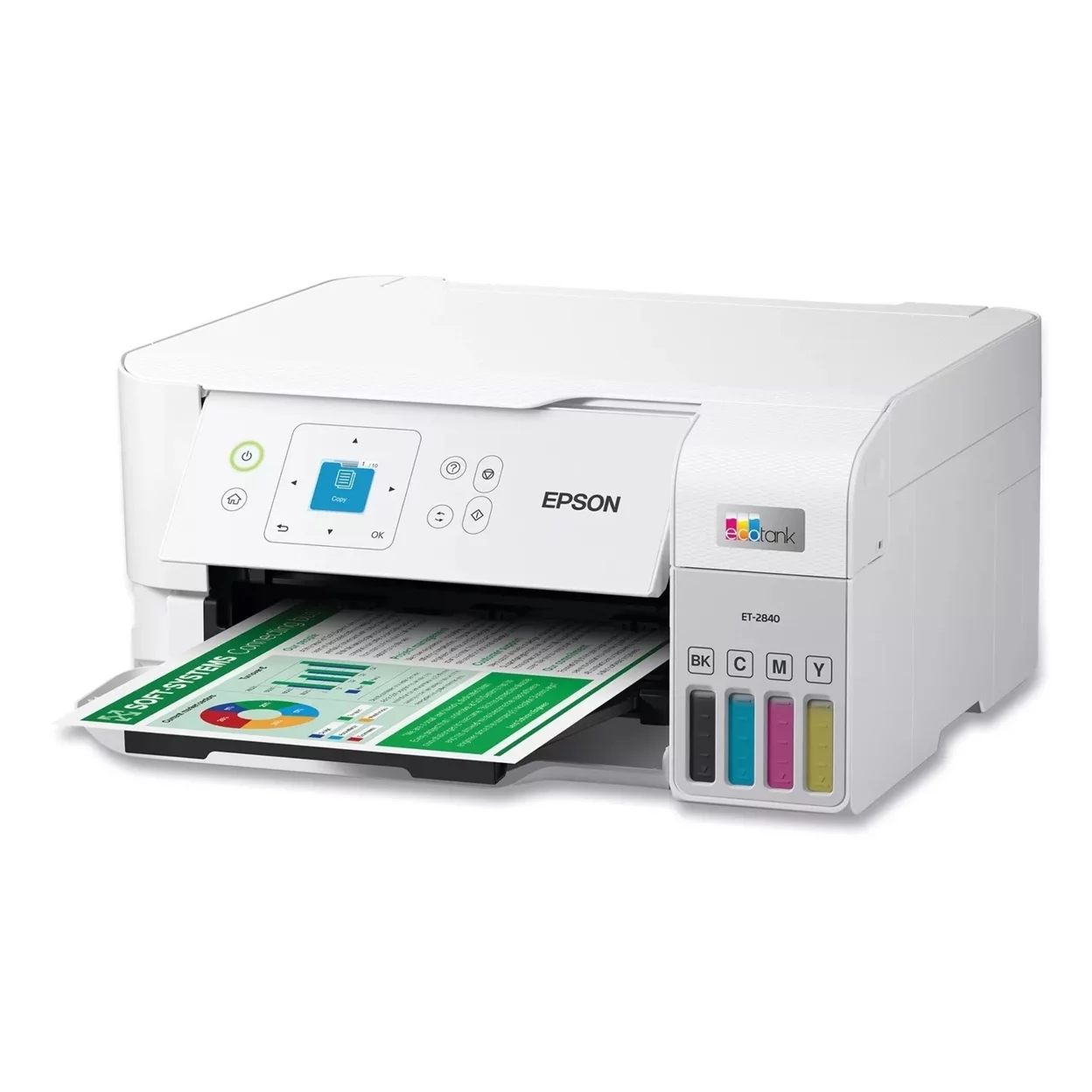Even high-rated printers do not last forever. While there is no single answer, on average, printers will last around 3-5 years with normal usage. However, there are a few factors that can affect this time frame, like the type of printer, frequency of use, and more.
Eventually, it will fail, and you will need to purchase a replacement unit. If you are going to buy a new printer, you can check out some good printers for Cricut if you like crafting.
Key Takeaways_
- Printers typically last anywhere from three to five years, depending on the model.
- To improve the life of your printer, perform regular maintenance tasks and clean the unit often.
- If your printer is slower than normal or making low-quality prints, it may be time to shop for a replacement device.
What is a Printers Lifespan?
The average lifespan of a printer is around three to five years, though this metric will vary depending on the make and model of your printer and various external factors.
Increase Your Printer’s Lifespan
If you want to increase the lifespan of your printer, we recommend performing regular maintenance. You should also be sure to buy the proper paper to use with the printer and the right ink cartridges.
Additionally, the more you use a printer, the faster it will begin to break down. In other words, a printer for home use should last longer than an office printer in a highly trafficked environment.
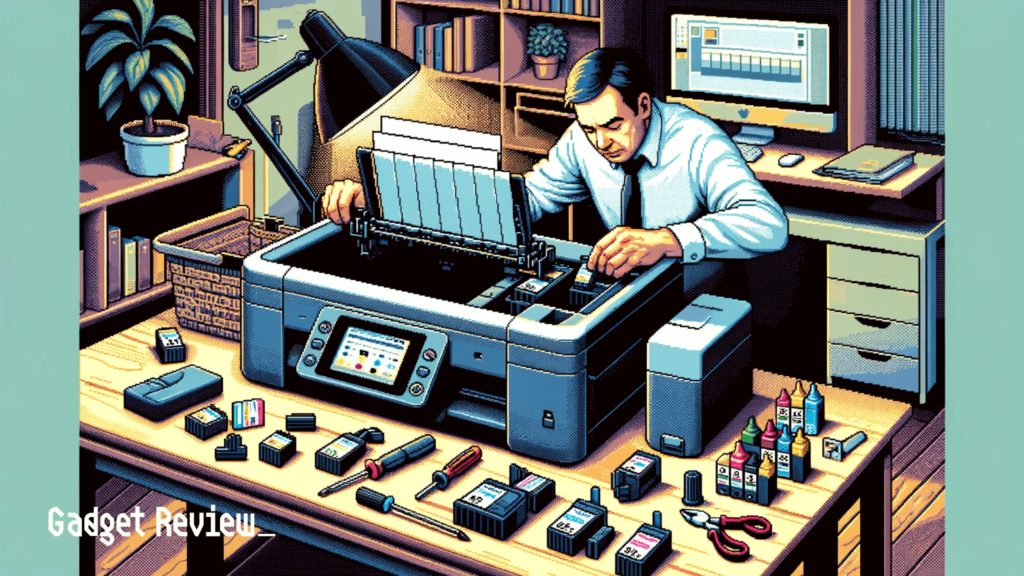
Remember, the ink cartridge can last up to 24 to 36 months when it is in its original packaging.
Plus, keep in mind the type of printer you’re using, as laser printers will typically last 5 or more years with proper care.
insider tip
If you want to increase the lifespan of your printer, we recommend performing regular maintenance tasks and cleaning the device when necessary.
Signs You Need a New Printer
Despite your best maintenance efforts, your printer could begin to show signs of age. Even if you have a printer with the longest-lasting ink cartridges, all printers eventually break down. And when they do, you’ll be asking yourself what to do with an old broken printer.
Here are some things to look out for when considering if you need to purchase a new printer or not.
Bad Prints
If you have started to notice that your printer has started making poorer-than-average prints, then it may be time to consider a replacement unit. Over time, the print head and related components can degrade, resulting in low-quality reproductions.
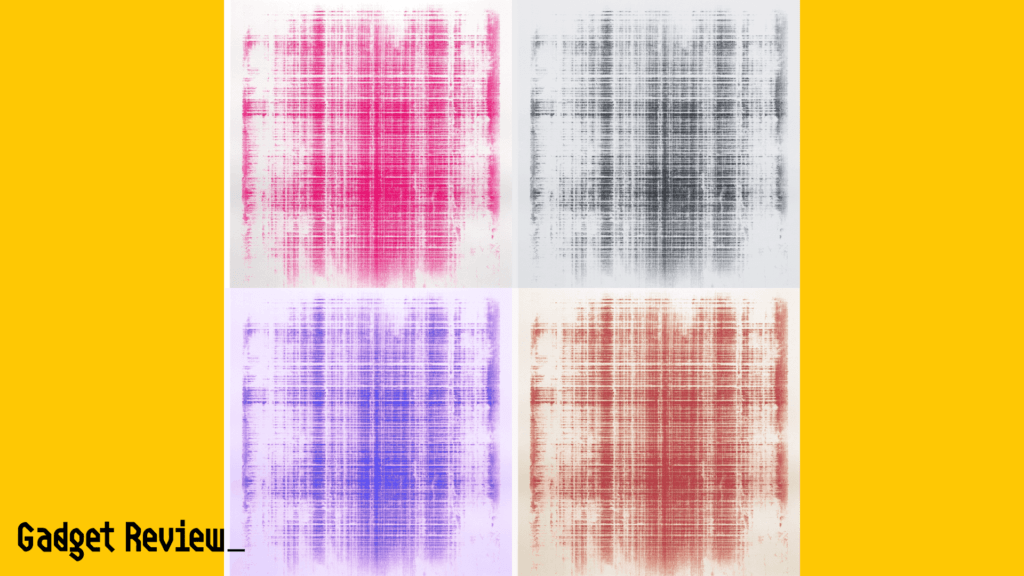
As a note, be sure that you have recently replaced the ink cartridge before checking on the unit’s overall print quality. A printer needing an ink cartridge replacement will also make low-quality prints, which could lead to confusion.
However, bad prints can be solved by purchasing high-yield ink cartridges, as they are good for printing high-resolution.
Slow Print Speed
As printers begin to experience general wear and tear, the overall print speed can be drastically reduced. If you are used to a specific page per minute (PPM), and the printer can’t keep up with your demands, it may be time to consider buying a new printer.
A simple way to test the speed of your printer is to print out some documents in draft mode, as this mode does not use too much ink. If the printer is still slower than normal, it is probably time to look for a new printer.
STAT: Your ink cartridges should last 8 months in the printer or until you print the estimated yield of these cartridges which is a little below 150 pages. (source)
Going Through Ink Cartridges Quickly
If you find yourself having to replace the printer’s ink cartridges more often than normal, the printer may not be performing optimally. Perform a cost-benefit analysis in this case, as regularly buying new ink cartridges may be more expensive than buying a new printer.


